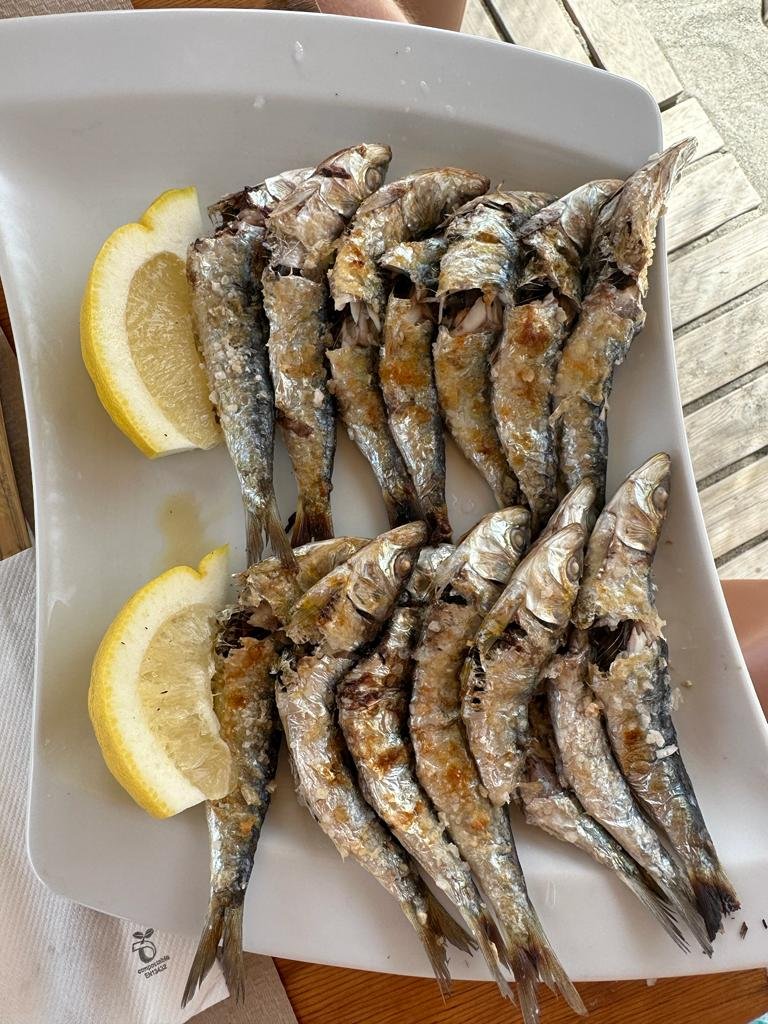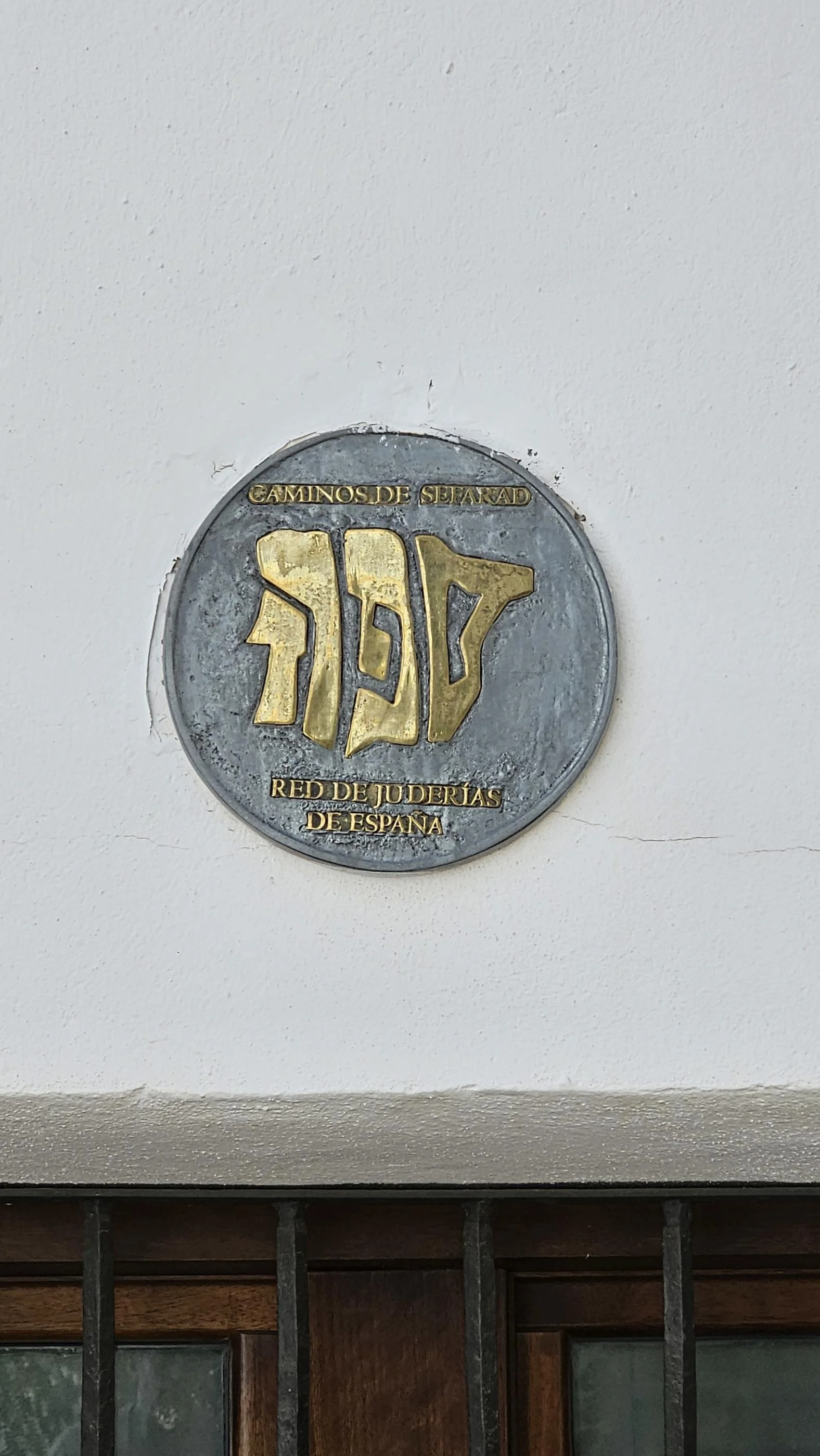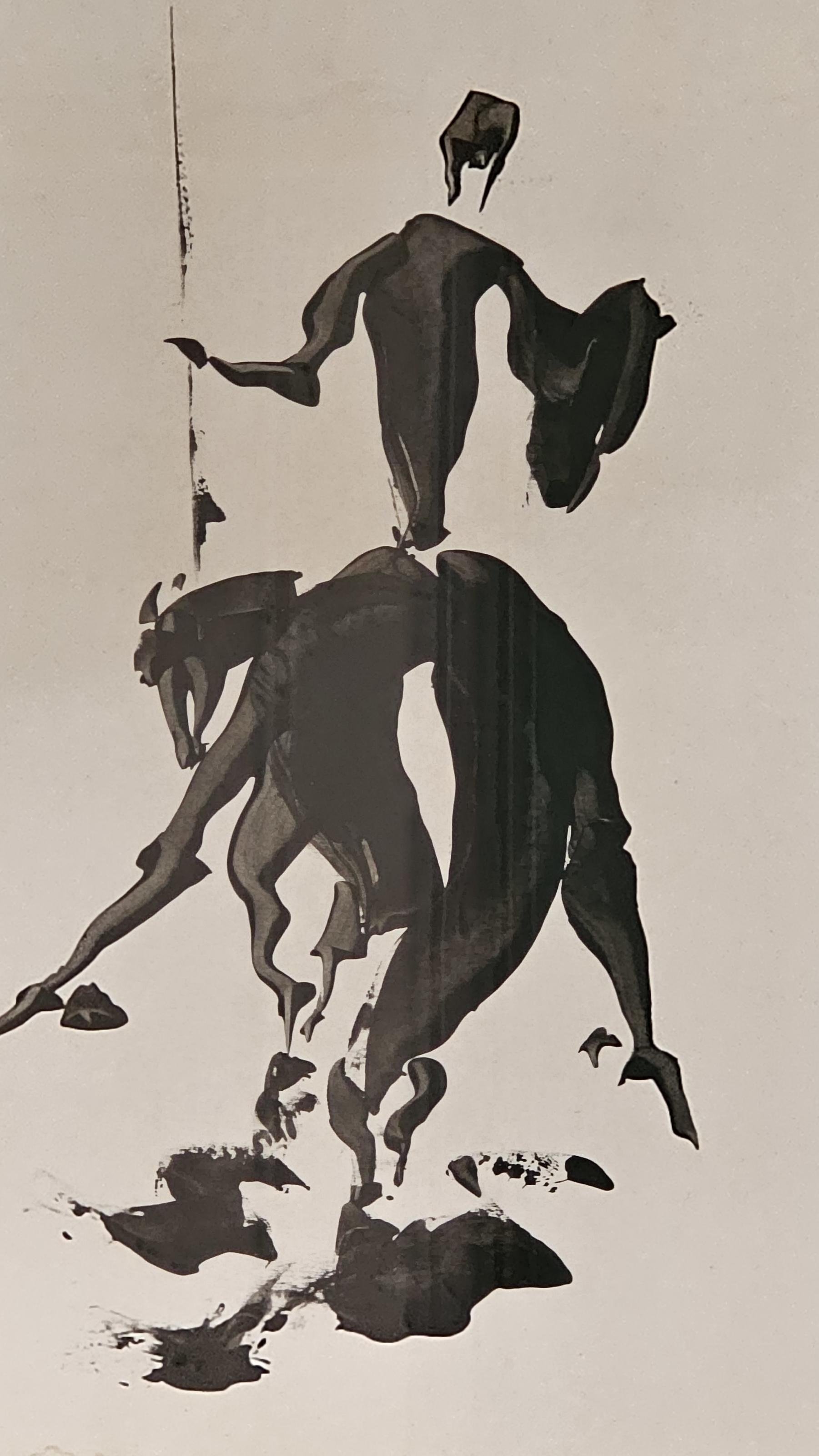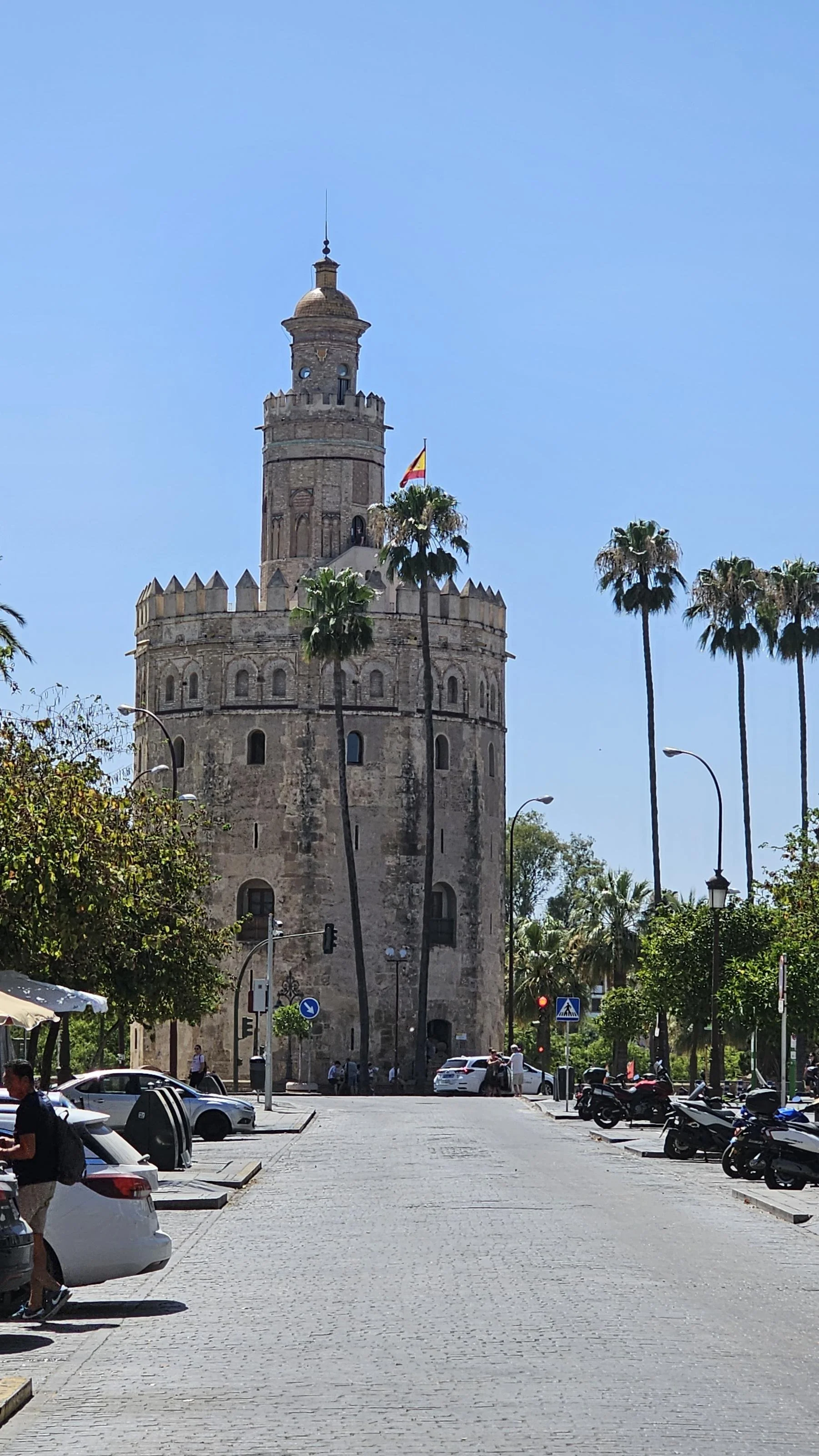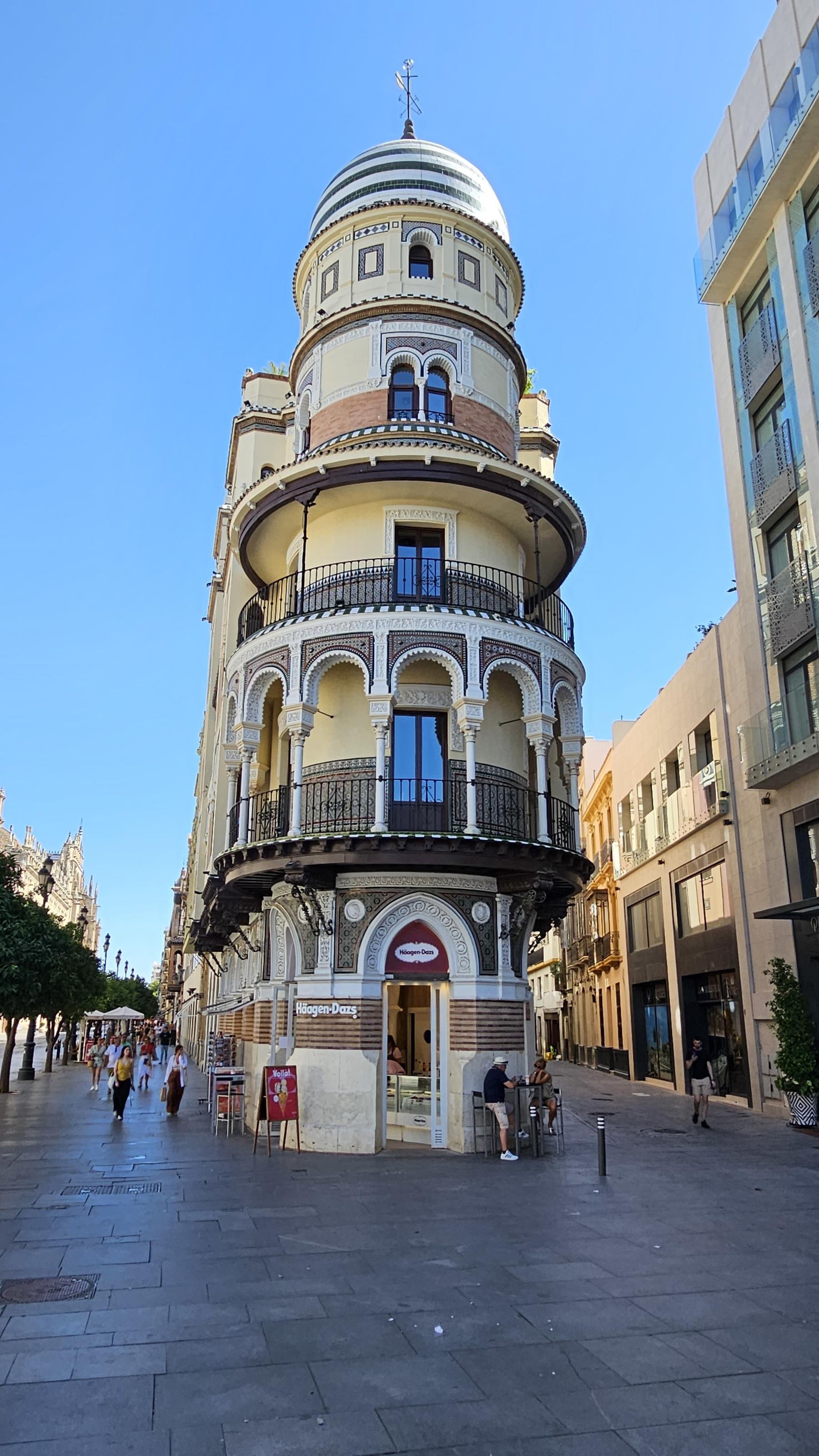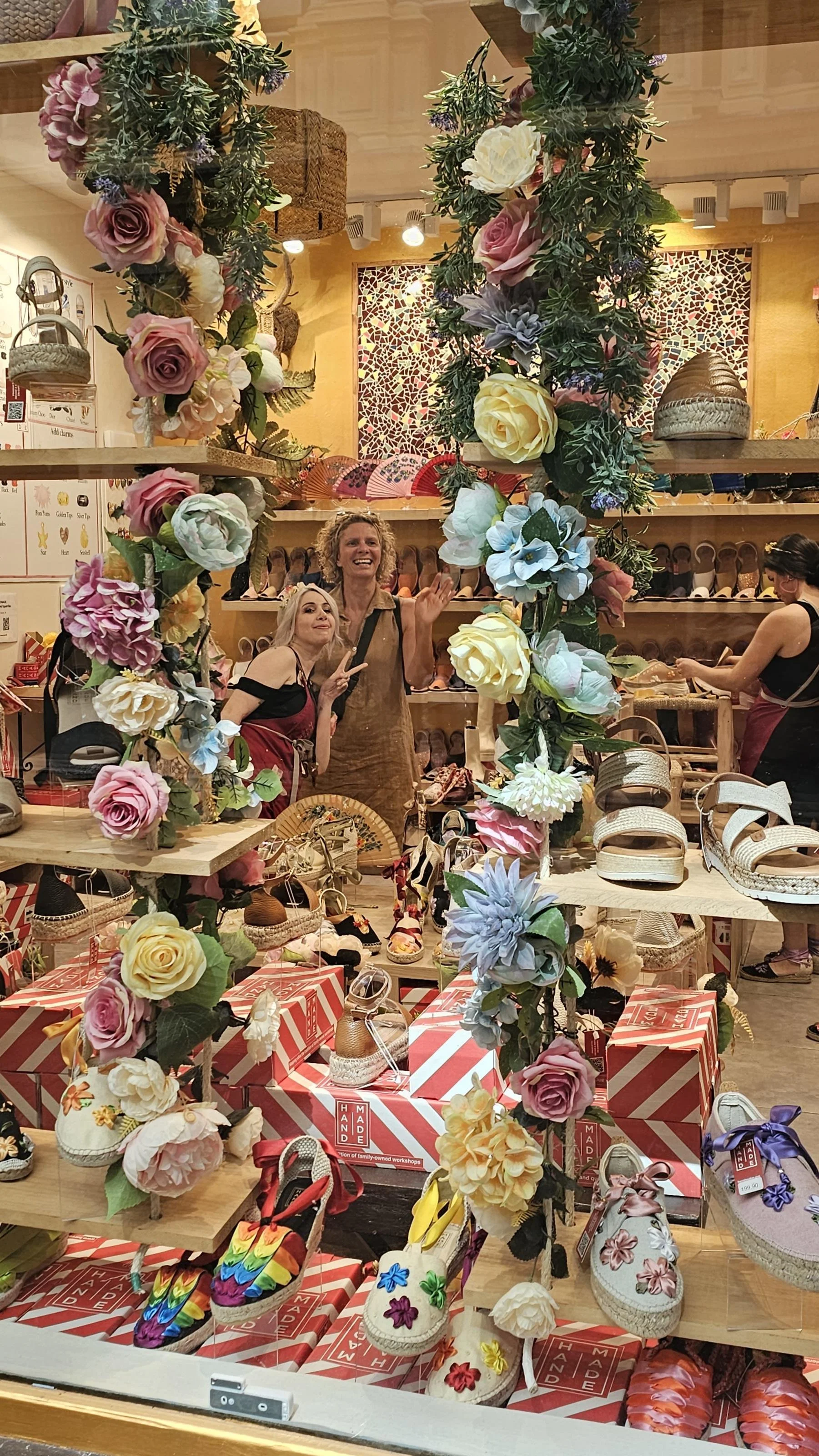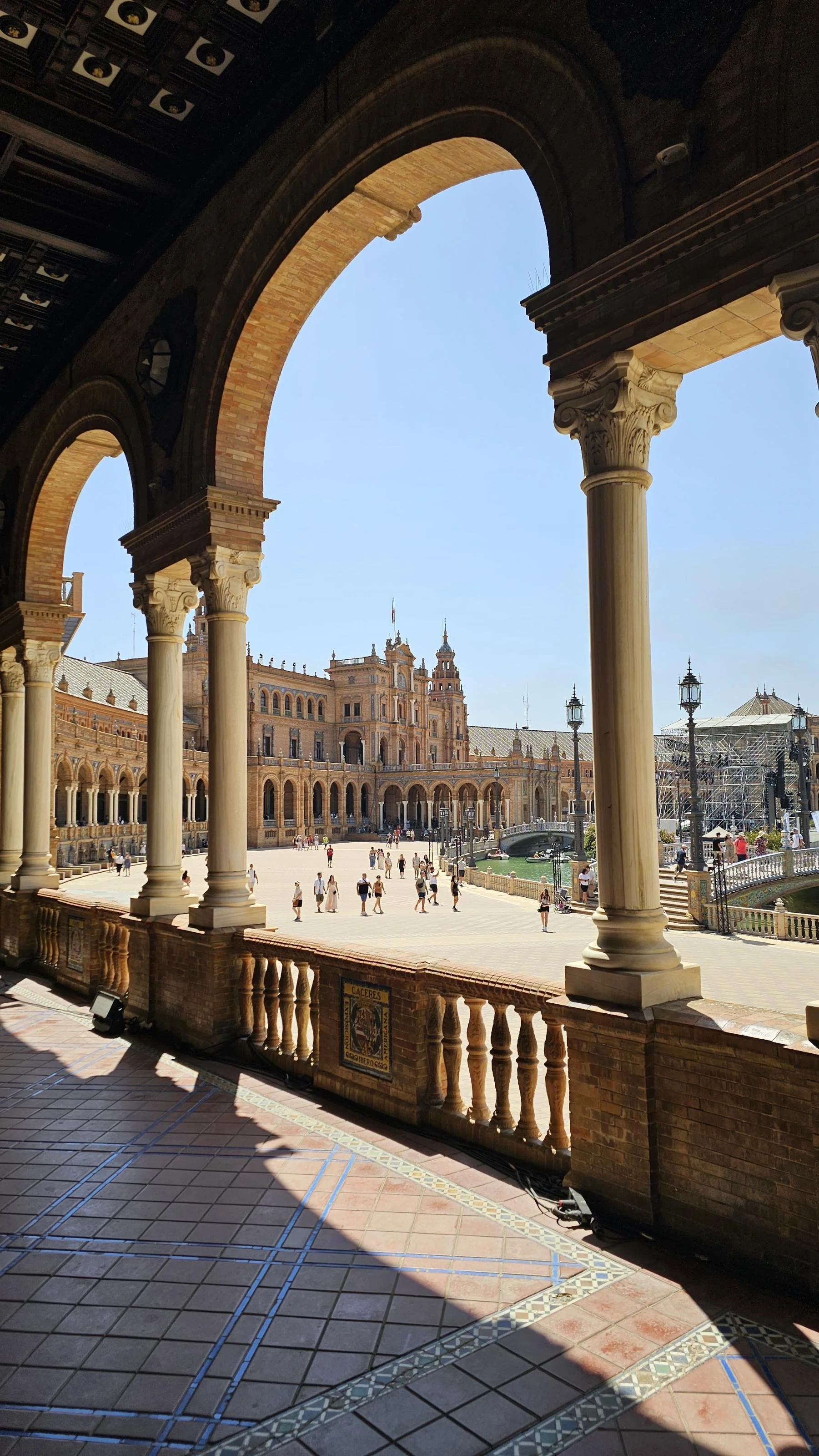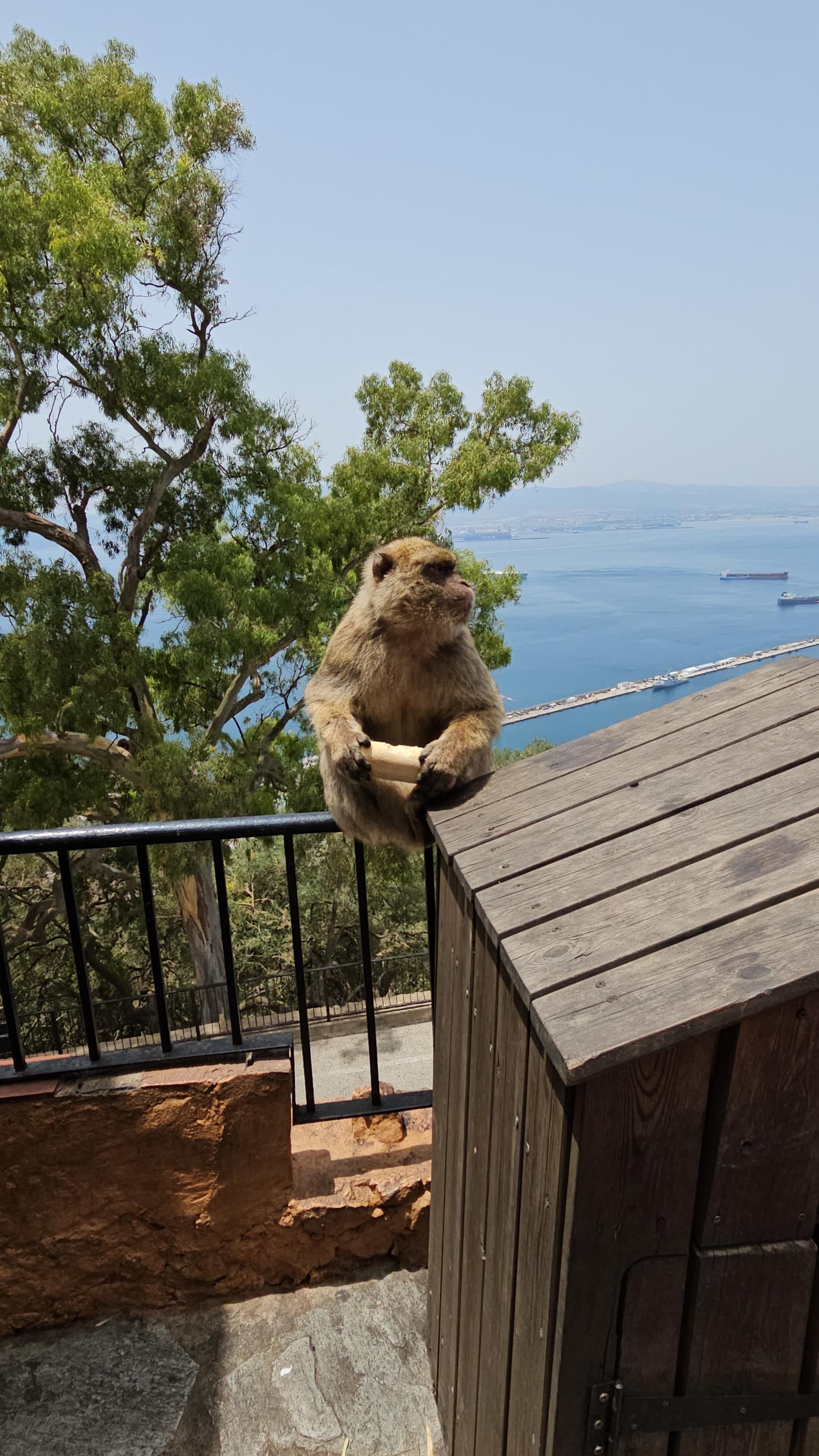La Rendición de Andalucía ~ Andalusia's Surrending
Muslims handing over the keys of the city
We have forever had an endless travel wish list!
Spain has finally made it and Andalusia was a deliberate choice!
More than 800 kilometers of coastline, two National Parks and a number of cities such as Seville, Cordoba or Granada, are the great presentation of Andalucía, but this land is much more.
Before we embark onto our next adventure I have decided to write a series of short stories lumped into one mega blog that covers Andalusia.
Nebojsa has cracked the code, made amazing albums and we hope you’ll enjoy a read over a cup of coffee.
If I was to sum it up I’d say:
Lovely people, slow pace ( heat has to do something with it), amazing food, stunning atmosphere, architecture, history and natural beauty.
Spanish people are proud of their language and many don’t speak English.
I have never expected to see Islam influence to be so prominent, to see Christianity weaved with Islam and Jews quarters in each town. Muslims have ruled this territory for so long, and as Christianity came they surrendered to protect their citizens and towns. They gave the keys to next rulers and gradually left. There is something sobering and graceful in this, it is hard to explain emotions but hopefully through the blogs you will understand the sentiment.
Happy reading, as we pack bags to the next destination…
-
Stunning! Beautiful! Hot! Calm and peaceful!
Friendly and welcoming locals! Superb food! Free tapas with beer! Location of my dreams - an hour to the stunning beaches in the Mediterranean and an hour drive to Sierra Nevada ski resort! You recon I could live here, yep 👍!
Let’s start with a quick summary of this beautiful small city, walking distance everywhere as long as you are fit to climb steep cobblestone streets in the hot weather! We did it and used every fountain along the way to refresh ourselves, drank over 2 litres of water per day and continued to break new step records each day.
Highlights
La Alhambra, Nasrid Palaces and Generalife Gardens
AlHambra = “the red one” because of the reddish color of the earth used in its construction.
The Alhambra represents the zenith of Arab art, one of the most visited monuments in the world, and certainly the most visited in Spain. It has up to 8000 visitors a day, 2.8 m visitors a year!
The Alhambra is a monumental complex made up of palaces, towers, gardens and aqueducts. It is a medieval fortified city, residence of sultans and kings from the 13th to the 16th century.
The main language was Arabic, Islam was the main religion, between 2-5,000 people lived in the Alhambra city.
It was the last Moorish kingdom. Moors stands for a group of Muslim people from North Africa who ruled Spain from 711 to 1492, 700 long years, the longest period ever!
Moorish = the style of architecture used in Spain between 13th and 16th century relating to the Moors characterised by the horseshoe arch.
Interesting facts:
Granada’s symbol is a pomegranate!
There were 22 Sultans, only 13 didn’t die natural death, poison was very popular tool to gain the power.
Concubine and wives was the way to go. Sultan didn’t know when his wives or concubines will come in. The ladies owned the roster, so no fight among themselves.
Granada was the capital city, perfectly located in a valley, close to a quarry, Mediterranean sea and surrounded by the mountains.
It was a self sufficient city, with its own food production, organic fertilising and harvesting twice a year.
Everything in this city was developed in a sophisticated environment.
It was a powerful economical and political force. Jews and Christians paid Jizya to practice their religion and rituals and lived a peaceful life. Historians largely agree Jizya was the fee for protection provided by the Muslim ruler to non-Muslims, for the exemption from military service for non-Muslims, for the permission to practice a non-Muslim faith with some communal autonomy in a Muslim state, and as material proof of the non-Muslims' submission to the Muslim state and its laws.
Described as a Golden age, using the Silk Road from Middle East to Europe via Malaga as the entrance to the Mediterranean Sea brought the money they used to fund the construction of palaces.
Persians knowledge of maths, chemistry, physics and medicine enabled them to build these palaces with such a precision and symmetry, you wouldn’t believe it!
A quarry nearby provided materials, wooden frames used to build constructions, filled with red clay and tick walls, wooden sticks used as scaffolding, later filled with earth. Lime (calcium phosphate) made them look white to protect the citizens from the heat and insects. Stones used from 4 rivers around the area added the richness to the facades.
Although walls were originally white (lime) over the years became red due to the impact oxygen had on red clay. These buildings today look pink. Tradition continues to current days, Spanish people use lime in spring to keep their houses white. Before we knew this fact we thought for a minute they washed houses just for us! 😉
At the entrance to the Palace there is a Hand symbol, white symbol of protection ( Hand of Fatima), with each finger representing one of the Five Pillars of Islam.
Sour oranges were planted to decorate gardens and courtyards in the city to smell beautifully. They taste bitter and sour. Spanish people don’t use them, instead they export them to UK, so that English people can make the famous English breakfast Marmalade.
It can be 46 degrees in summer here!
Water Pools in the palaces were used as air conditioning and to show off, representing the power of the Sultan.
Small windows on the palace protected the intimacy, while courtyards and gardens with pools were used for gathering, relaxing and entertainment.
Throughout the palace walls are covered with poems, verses and stories from Quran celebrating the power of God. I have never seen anything like this, it leaves you speechless when you understand the story and you see the artisans masterpieces, 80% handmade.
Mundeha was a period of the peaceful coexistence between Christian’s and Muslims that lasted 7 years, then Spanish Inquisition came and Muslims had to leave or convert.
The history narratives indicate Muslims were seduced to believe in co-life, while Jews were sent away straightaway, many left to todays Netherlands.
Muslims were allowed to stay but had to publicly eat in open place, follow the rules, that contradicted with what they were promised.
Uprising happened as they refused to convert to Catholicism, but then eventually surrendered for the greater good of their citizens.
A total of 22 emirs and sultans reigned in the Alhambra until the arrival of the Catholic Monarchs in 1492. In 1492 the last Islamic ruler left.
After it was abandoned poor people moved in and lived in the complex with no appreciation to the place. It suffered fires and some destruction but today it is beautifully restored, we wouldn’t know any better, but for the wooden ceilings instead of glass mosaics from the original times.
After visiting this magnificent complex and an absolute must do when in Granada I ask myself - is our civilization really moving forward on a liner partway? The knowledge and skill of people from these old times continue to fascinate me. I believe we have to give our predecessors more credit and respect for their inventions and smarts that leave us speechless even today!
Flamingo show
You can’t come here and not go to one of the shows!
With the help from the locals we picked an authentic flamingo show!
We went up the hill again and in the hurry to enter one of the Sacromonte caves that have been home to gypsies, bohemians and Flemish artists for centuries.
The show took place in the actual cave, spectacular!
The passion, the energy, body movement, rhythm, facial expressions and their feet mastery are phenomenal!
I’d say if this is not erotical I don’t know what is! So so special, bursting with emotions and incredible 75 mins went in a heartbeat!
Videos are worth watching, trust me!
-
There’s no city in the world quite like Córdoba.
Cordoba is mixed and different!
Córdoba’s past is so turbulent due to its geo strategically important location. Despite careful listening and questioning I wouldn’t do it justice to retell the full story without the help of Wikipedia.
Instead of citing Wikipedia I would rather share my observations, impressions and a bit of learnings I do remember.
Let’s’ go!
Situated in the south of Spain, Córdoba has all the charm of a muggy summer town.
330,000 people live here, different religions lived peacefully here for centuries, remember this fact as I explain more!
It was 36 degrees today, but thanks to tall white houses there is shade everywhere, so it is actually ok!
The hottest city in Spain, where it’s legally forbidden to work in the afternoon if you work in open. We witnessed this rule in real life! After a long guided morning tour we went back to the hotel to refresh and returned to the old town to wonder around, well pretty much everything was closed. The only busy area was children’s playground with families enjoying picnics on the grass at 10.30 pm!
Cordoba is famous for its Patio flowers competition. This historical event was the reason the town wasn’t destroyed during the Franco era. The colorful baskets of flowers hang from hooks on whitewashed walls outside homes and businesses. It’s most beautiful in May when flowers are in full blossom, today we have enjoyed colourful geraniums.
It’s easy to get lost in the narrow roads, cars hardly fit through and the houses boast beautifully decorated patios. If you were to build a house in Cordoba today, you would be required by law to arrange for an excavation to determine if there were any historical archeological ruins on your site and you would need to build a house with a patio ( inner garden).
All the houses are white with bright yellow and baby blue fringes as if the whole city had a color scheme.
Strolling through the streets of Córdoba in July, I could have easily surrendered myself to the city’s ambiance alone. However, I wouldn’t be able to truly understand Córdoba without knowing its history.
History in a few paragraphs:
Córdoba is situated in the south of Spain, also called the Andalucia region, it was a part of the Roman Empire, and the last Roman colony.
Andalucia was conquered by the nomadic Visigoths from northern Europe during the Dark Ages.
The Moors soon took over, spreading Islam and building lavish mosques throughout the region.
After a brief period of Jewish rule, the Reconquista of the 13th century converted Spain to Christianity.
The Andalucia region was one of the last strongholds of the Moors ( Granada surrendered last) before Catholicism reigned.
The Reconquista is the historical term used to describe the military campaigns that Christian kingdoms waged against the Moors from the 8th century until 1492, in order to retake —or reconquer— the Iberian territories which were lost due to the Umayyad conquest of Hispania ( Muslim conquest of Hispania between 710-780).
From these religious upheavals came the Córdoba of today: a blend of Christianity and Islam —much like how Istanbul serves as the crossroads for the world’s three major religions (Christianity, Islam and Judaism). As we continue to travel we are connecting history dots, it’s very cool!
Cordoba is the only place in the world with 4 UNESCO World Heritage sites:
• The Mezquita, Mosque-Cathedral of Cordoba
• Gardens of the Alcázar de los Reyes Cristianos
• Archaeological Site of Medina Azahara
• Courtyard - Patios with flowers, there are 100 in Cordoba, 3 in Madrid!
During the train ride from Granada to Cordoba all we could see were olive trees. UNESCO is currently considering whether to declare this land area as another world heritage site.
St Raphael - the name means “God heals”. It is believed that in 1578, the Archangel San Raphael (St. Raphael) appeared to Father Roelas and swore that he would protect the city and its inhabitants, and he did!
15% population are called Raphael, including our tour guide!
Two interesting facts about our tour today:
Our tour guide Raphael was born and raised in Cordoba. He studied Humanities and Art degree and later Tourism. His graduation theses at the Tourism University was about Croatia!
One couple was from Israel. The gentleman’s father came to Israel from Ex Yugoslavia after the Second World War!
Wherever we go we find connections to our roots!
Seneca, the most important philosopher was born in Cordoba.
Columbus lived in Cordoba for a few years. It was in Cordoba that he was sent to explore and find new territories for Spain kingdom to continue expansion and to bring back gold.
Orange trees, bitter and sour are planted across the city because when they bloom they smell beautifully and their shade is better.
Sweet orange trees are planted in the fields, smell and shade are not important.
Oranges are harvested in winter to help us get vitamin C to fight cold - nature is wise!
Sour orange have two leaves ( small one first, the large one second) .
Within one square meter in the Cordoba Sinagoga we can find Hebrew writing, Arabic writing and a cross - this is what symbolizes Cordoba - coexistence of different cultures and religions.
Writing a blog about Cordoba and not telling you a bit about the Mosque Cathedral in Cordoba, the Mezquita would be a sin!
I have never ever seen anything like this, and I know you’ve heard me say this before.
What do I mean by this:
After seeing Istanbul, Sarajevo and Granada I recognized arches with geometric patterns instead of religious figures and the wide open spaces between them, classic to Islamic architecture.
There is mihrab, a traditional Islamic prayer room in rich gold. Everything pointed to the Mezquita being a mosque.
Half an hour of exploring later, I was surprised to come face-to-face with a grand Christian chapel.
Each section was unique from the rest, and each seemed to embody Christian architecture, Islamic architecture or a blend of both.
The architectural styles conflicted with each other but coincided at the same time.
Some parts are distinctly Islamic, others distinctly Christian.
Christian tower was built around the minaret, the only place in the world you can see something like this.
This is the only mosque left and preserved in Spain, built over different stages using recycling materials.
It experienced 4 expansions during Muslim rulers, and further expansions under Christian rulers, each leaving their own stamp of importance.
The world’s largest religions were supporting each other instead of tearing each other down. There would be no baroque ceiling without the support of the red and white arches below. The mosque provided the foundation, the church made the Mezquita unique.
Córdoba is comfortable with its roots and embraces all that has made it unique. While Spain is predominantly Catholic, Córdoba knows that its Islamic influence has shaped the city today.
Still, nothing is perfect. While technically labeled as a Mosque-Cathedral Monument Complex, Muslims are not allowed to pray in the Mezquita today.
At one point, Visigothic Christians and Muslims split the building as a place of prayer, but modern religious wars have made this impossible.
It makes me wonder: Have we, in recent years, ruined something that used to work?
It was certainly possible for both groups to pray at the same site before. The architects of the Mezquita embraced the idea. Why is everything distinct and divided now?
The original intent, however, shouldn’t be lost on us. Places like Córdoba and the Mezquita — while not flawless in modern times — still exist.
The world is a melting pot of cultures, but religious tolerance has a long way to go.
Deep inside me lies a hope that, if Córdoba managed to house two different religions under the same building hundreds of years ago, if Sarajevo was a happy place with three religions coexisting during my upbringing, we can do it now too. The choice is ours!
-
Everywhere we went over the years we would normally say we wouldn’t come back, only because we are curious to explore what else is to see and experience, until now!
Seville is beautiful, beautiful and more beautiful. Can you imagine waking around the Plaza de Espania crying, yes crying out of the majestic beauty around me🥹
As we are wondering around the city there is no moment in a day that we are not taking photos. Everywhere you look you see another beautiful building, park, promenade covered with white sheets to protect us from the sun and heat, beautiful artisan shops, restaurants and cafes with water spraying to cool us off, fountains, monuments and more historical points of interest.
I don’t know how many days is enough to fully surrender yourselves in this beauty, but I know we would love to come back, and if the stars align it will be in April or May to experience a different season and smell oranges blossom. We are thankful to those who planted these bitter orange trees, their strong shade saved us this time!
Highlights
Seville, ancient Hispalis, is the capital of the province of Sevilla in the Andalusia (autonomous community).
Sevilla lies on the bank of the Guadalquivir River, 87 km north of the Atlantic Ocean.
An inland port, it is the chief city of Andalusia and the fourth largest in Spain.
Sevilla was important in history as a cultural centre, as a capital of Muslim Spain, and as a centre for Spanish exploration of the New World.
Seville is the birthplace of flamenco and bullfighting. More in both later on.
The town is world-famous for its enticing mix of Moorish, Christian and Jewish architecture and history, as well as some of the most delicious tapas found in southern Spain.
The oldest tobacco factory in the world was built in Seville in 1760, today the same building is Seville university.
An interesting story about this tobacco factory:
Tobacco initially arrived from Cuba, Spanish colony. Only men were able to work in tobacco factory, 700 men walked 5km each day to Seville port, brought tobacco bags to the factory, made cigarillos not to smoke, but to chew.
In the 19th century 500 men were fired and 6000 women employed to roll tobacco and make rolled cigarettes, on Napoleon’s request. Why women? Because they had smaller hands, delicate fingers and could beautifully roll cigars so men can smoke them, and no longer chew. Women worked for 14 hours a day, fully exploited.
Gypsy Roman women from Tirana were called “cigaretta “, and became the first feminist group who organised riots, requested a kindergarten and a chapel to pray while at work. After years of discrimination in 1920, 6000 women circled the building, other women came to help, at the end there were 25,000 women who held the factory under siege, no one was able to enter, until they got their requests addressed. Enough is enough!
The most famous employee was Carmen, known from the opera Carmen. She was known for the fact that she could roll the cigars between her thighs.
Over the years, the building was abandoned and in 1949 became the university.
Plaza de España
Interestingly we started our tour at this site, the youngest historical landmark.
Its construction began in 1914 with the aim of serving as the central area for the Ibero-American Exposition of 1929.
It is the most monumental work of the brilliant architect Aníbal González. Built in a style reminiscent of the Renaissance and Baroque, symbolizing the embrace of Spain to the Ibero-American.
It is difficult to point one thing but the 50 benches, each one dedicated to a Spanish province, with ceramic representations of its territory on the ground and a relevant historical scene alluding to it on the wall left me speechless 😶
I cannot believe this plaza was used as a car park from 1930 to 1968, thank goodness someone was wise enough to get rid of the cars and made it to be what it is today, officially the most beautiful square/plaza in the world!
Alfonso Hotel( named after the king)
It is a luxury accommodation, with 126 original rooms where Spanish King resides when visiting Seville and all famous football (soccer) clubs!
3800€ for the most expensive room per day at any season!
We wanted to pop in for a coffee but haven’t had the time!
The Golden Tower
I love this story and have to share it😎
The Golden Tower is known as the Muslim tower.
As we know this area was under Muslim domination between the 8th and 13th century.
The tower was built in the 13th century when the Muslim Sultan already knew they were going to get conquered by the Catholic Kings. They ordered to build it to protect the city and its citizens. They also built a “Bridge of boats” from Triana to Ishbiliyah ( Arabic name for Seville), connecting two parts of the city and acting as a link for trades.
In 1247 Ferdinand the 3rd Christian King conquered the city after one year of battles.
After destroying the Bridge of Boats in 1248 Muslims gave the key of the city to Ferdinand. Interestingly, it took 10 years to conquer Granada! There is a beautiful painting in the Cathedral that illustrates this historical moment.
And the history repeats itself, they lived together till the 15th century when inquisition started at the market of Triana.
Jews and Muslims ran away from Seville.
Glorieta Curro Romero
Bull fighting is the most controversial topic in todays Spain!
This is the second oldest bull arena in Spain with 11500 seats. Today there are 3 stages of the fight:
1. Dance with a red mantilla to confuse a bull with its movements and it lasts 30 mins
2. Stage of luck - the luck of sword and mantilla lasts 30 mins - this is the period when a fighter can get help if he needs it
3. Stage of death - people are in a complete silence out of respect, no moving, no speech, total silence. A bull fighter keeps a sword inside his mantilla. Sword is used to kill a bull, it must be a clean kill with no suffering!
If a bull is strong to fight back in the second stage it can be forgiven. Between 1881 to 2023 only 10 bulls were forgiven !
Bull fighter gets two ears as his award and a tale is used in cooking with a bull tale stew available in restaurants. Skin is used for leather manufacturing.
Curro Romero is known as the best bull fighter in Spanish history but he was known to be very afraid during the stage of death but with a black magic help from Triana he continued to successfully kill bulls for years.
I didn’t like any of this and wanted to understand where has this tradition come from. Here is what I’ve learnt:
In the 15th century animal Aurochs ( Uro) was used for entertainment, only dance, no killing. People would sacrifice a different animal to feed families, like a chicken or a goat.
In the 18th century Uro became a rare animal, a bull looked similar and replaced Uro.
Nobel families used it for dance and introduced killing for two reasons:
1. Rather than sacrificing another animal they sacrificed a bull because it was more aggressive than uro?!
2. After killing a bull Nobel families gave the meet to poor/ normal people as a feed. Killing a bull became a Nobel thing to do in order to feed poor citizens!
And, if a Nobel family had a son he would often be a bull fighter who after killing a bull would receive a Nobel title at the age of 16/17 so young and so important!
Conservative Party today wants to keep the bull fighting tradition live and are introducing compulsory education at schools about it, as well as flamenco.
Young generations are against bull fighting and want the tradition to stop.
In Portugal there is no killing, just dance, in Mexico there are the biggest bull fighting arenas in the world.
My guess - bullfighting will continue to exist.
Cathedral & Alcazar ( similar to Alhambra but smaller )
Seville Cathedral is the biggest Gothic cathedral in the world. The story repeats itself, it was an ancient mosque but when Christians conquered Vatican asked them to use the mosque but use a different orientation to look to Vatican not Mecca. During a few earthquakes the mosque was damaged. Vatican gave cash to build a cathedral temple instead.
For 150€ you can have a wedding at the royal chapel but you need to wait 5 years! After Sergio Ramos football player had his wedding here the waiting list has doubled!
Tomb of Christopher Columbo can be seen in the Cathedral with a bit of a mysterious story behind it. It is believed that his ashes are spread across the last Spanish colonies, Cuba, Portorico and Filippine. However, 175gr of Columbus body ashes are buried in Seville with a massive monument built around his tomb.
Cathedral Tower was a minaret back then, it is 104 meters high, and guess what?!
Ramps are used instead of stairs so that muezzin, the official who proclaims the call to prayer five times a day, at dawn, noon, midafternoon, sunset, and nightfall didn’t need to climb the stairs. Ramps were made to make it easier to climb, so clever!
Triumph square
Celebrates the Victory of Christianity over nature ( EQ of Lisbon ). The only area destroyed was a royal chapel, and only 9 people died in earthquake who were in the chapel at the time. This is considered a miracle compared to thousands of people who died in Portugal.
Flamenco
We decided to see another Flamenco show in Seville, performed in one of the local theatres in the old town.
The show was okish, nowhere near as good as the one in Granada. This was a perfect example of producing a show for tourists on mass. It lacked emotion, passion and engagement with the audience. There was no introduction to the show, a few sentences to explain its origin and meaning, simply nothing.
Flamenco is an art form based on the various folkloric music traditions of southern Spain, developed within the Gypsies subculture of the region of Andalusia who have contributed to its origination and professionalization. It is focused on evoking and communicating passion, love, sadness, despair, joy, and more. We saw all of this in Granada and noting in Seville!
Flamenco has recently been recognised as the UNESCO Intangible Cultural Heritage.
Living on the budget!
It’s a very different experience when you travel for a long period, change destinations every few days, knowing that the money put aside for a long trip has to last to the end!
I am the Finance Minister and Nebojsa is the excel spreadsheet mastermind! Every few days we have to reconcile numbers and that is lots of fun, not! Just kidding, we argue and we laugh💰
So far we are tracking within the budget, but I am glad we left Seville as shopping paradise started to bite us😉🛍️
-
Malaga is a great destination for one off day trips around southern Spain. We took the opportunity to visit Gibraltar!
The second tour we wanted to do was cancelled due to hot weather, it’s on the “ next trip list”. Instead we have enjoyed a beach day, quiet and relaxing for a change!
Highlights
Gibraltar is a straight between Europe and Africa and the closest point is only 14km distance between the two continents!
Super cool!
There are two families of orcas living in the straight, they love red tuna, but don’t like yachts or cruisers! Tuna size are enormous, a 600kg tuna is just a normal thing here! The orcas are attacking yachts as they enter the straight, an interesting development that marine experts are researching as it is a relatively new thing!
The Rock is 426m above sea level and it is an entrance to the Mediterranean Sea, on one side is the Northern Atlantic Ocean and on the other is beautiful Mediterranean Sea.
Initially established by Tarik, a Muslim in 711 who built a castle in Gibraltar and gave the straight its current name.
In 1492 Christians took over. It was under Spanish rule, until yet another war and in 1713 became the sovereign UK country.
George Rooke was the first governor of Gibraltar in 1713, a powerful army man.
It was an important strategic base for the two world wars.
Today there are 30,000 habitants, English is the official language but people predominantly speak Spanish, or better say Spanglish!
It was an interesting experience crossing the border today! Since Great Britain is no longer in the EU there were two lines at customs - EU passports and All passports. Since we have both we took a faster lane and entered GB on Croatian ID. It felt this is a border just for the sake of it, but we still had to cross over. Weird feeling.
There are five monkey colonies living in Gibraltar and they are very, very important.
There is a story that says Spanish tried to re-seize Gibraltar under the ruling of the Great 6th, but monkeys felt something was going on and woke up people to defend it and keep under GB sovereignty. As long as monkeys are in Gibraltar it will stay under GB!
Shopping deals were great but not any more, taxes are now introduced, people mostly buy jewellery, tobacco and whisky.
It is a massive port with tens of cargo ships and many beautiful private yachts.
A little town just before the border is called “ La Linea- The Line “. It got the name from old days when it was a physical line separating Spain from UK.
There is not much land to build anything in Gibraltar. A few years ago they brought a massive cruiser boat and converted it into a permanent hotel docked in the port with a big casino that’s very busy all the time!
There are many man made caves in the Rock with galleries, and there are a few local beaches around.
Unless you are interested in shopping you’ll quickly see it all. Luckily we booked the Rock Tour. The tour guide was so passionate, it was so much fun.
We were lucky with the weather too, it wasn’t too hot, little bit foggy, we could clearly see Morocco mountains. It is an incredible feeling leaning on the fence, behind me Africa and Europe and I can see a line in the water! Super special experience! It reminded me of Cape Rēinga.
There is a Big Ben here, a tiny brother that sounds like a text message 😂
There is a suburb called Little Monaco with very simple houses but very expensive, remember you are waking up with a view of Africa!
Government desalinates sea water and each house have 2 set of pipes - fresh for consumption and salted water for cleaning, washing and toilets.
There are no rivers here, waterfalls are artificial, and yet everyone rushed to take a photo of a man made waterfall 😇.
A new mosque recently built was a present from Saudi Arabia, there are 1000 Muslims living here, and there are 21 religions, with Anglican,Catholic,Jews and Muslim being the top four. They have and continue to live in piece and harmony. I guess it is easier to control such a small area…
St Michael cave trip was nice. It is located inside a natural reserve called “An upper Rock” to protect monkeys. I have never seen a natural cave with a light show and music to enhance the experience. It felt to me like a man made intervention into something beautiful by nature, but Nebojsa was impressed so here you go, different people different perspective!
There are more tunnels than roads here, and they are so narrow. Rocks from tunnels were used to build artificial new part of city.
It is so expensive to eat here, two thin pancakes and a coffee $30!
I am glad we visited Gibraltar and with a bit of luck rather than careful planning saw what interested us. Nature, cave, monkeys, views, Morocco mountains, Africa continent and history!
Granada Photo Album






































Cordoba Photo Album







































Seville Photo Album











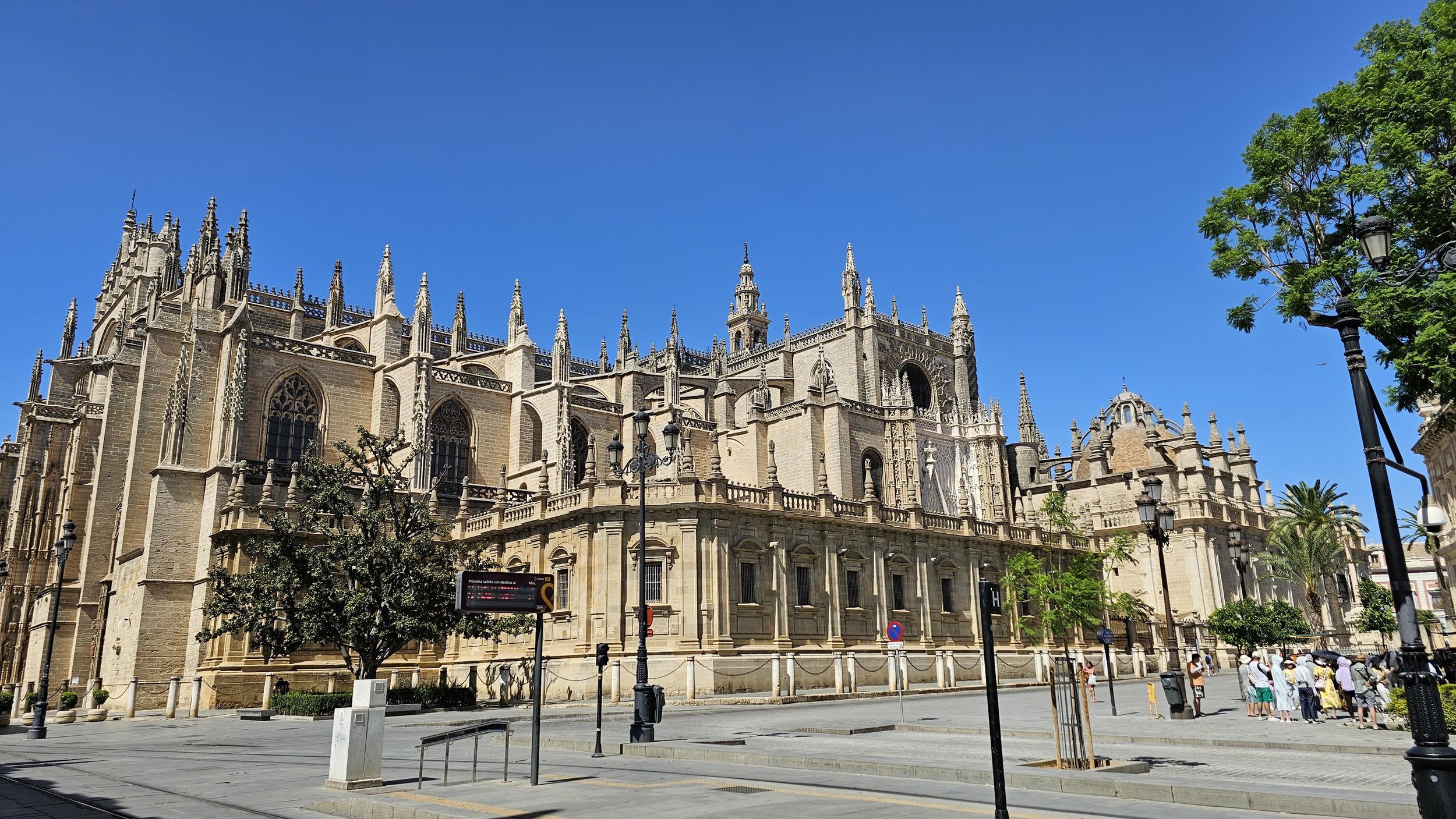

























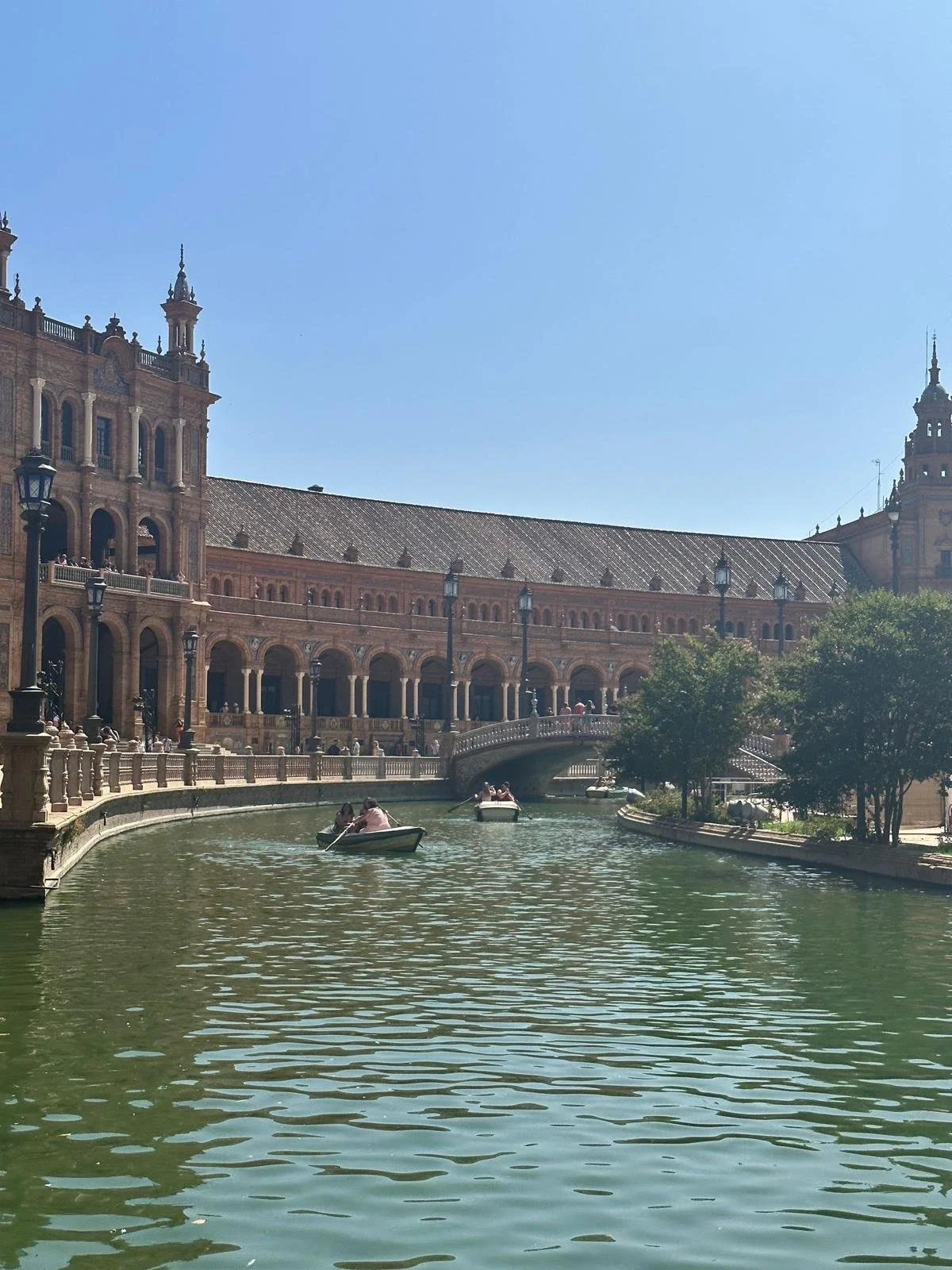
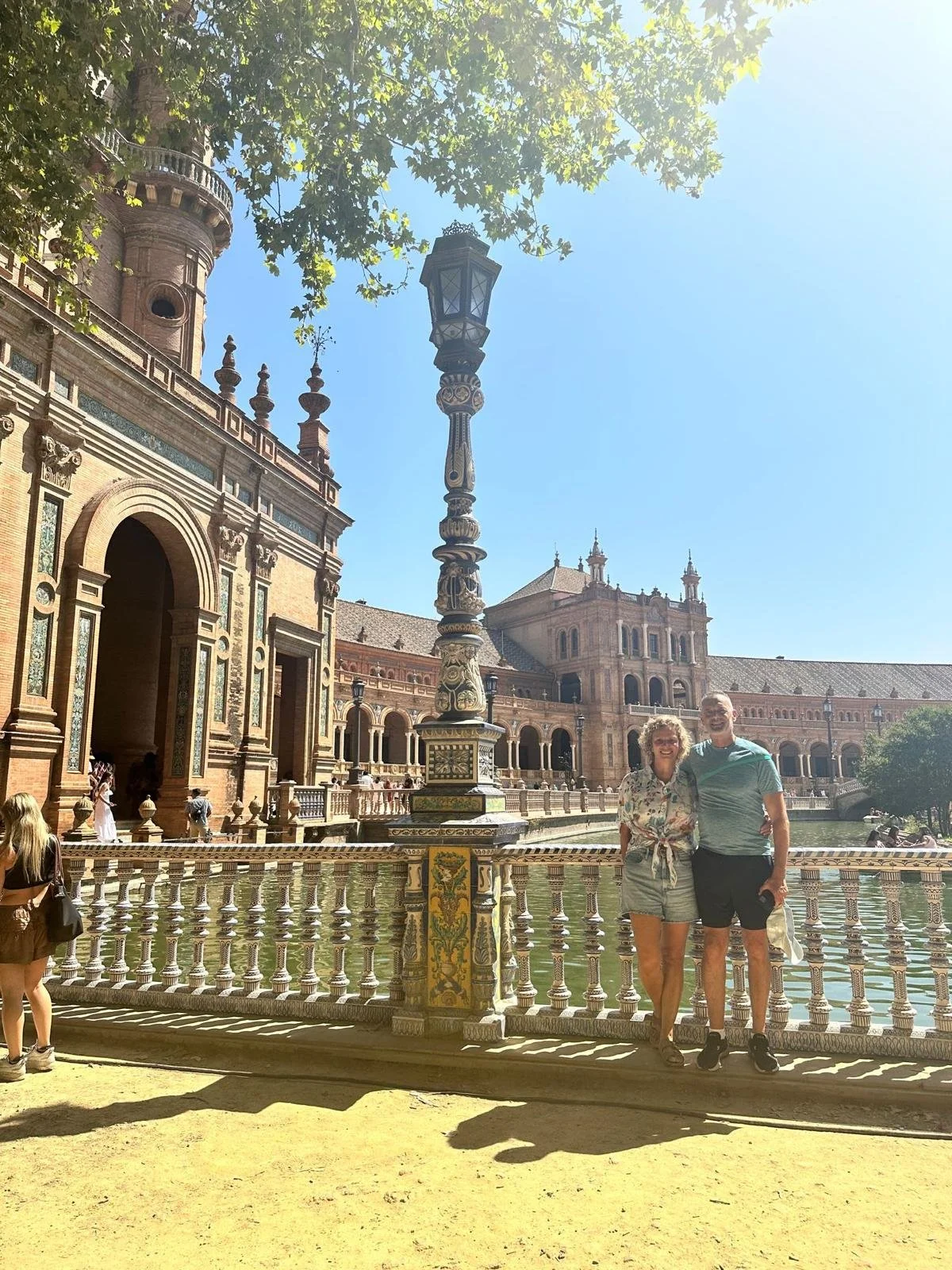








Malaga/Gibraltar Photo Album
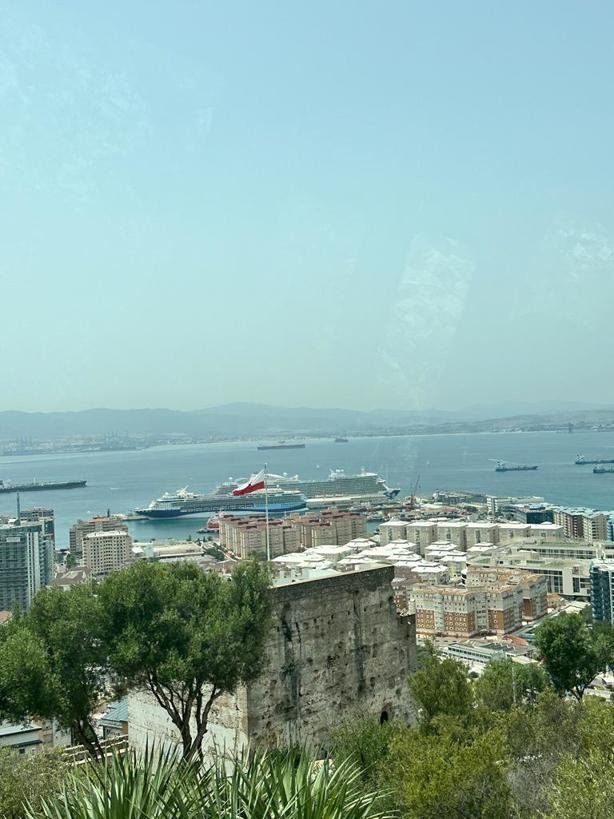



















Food Photo Album
















